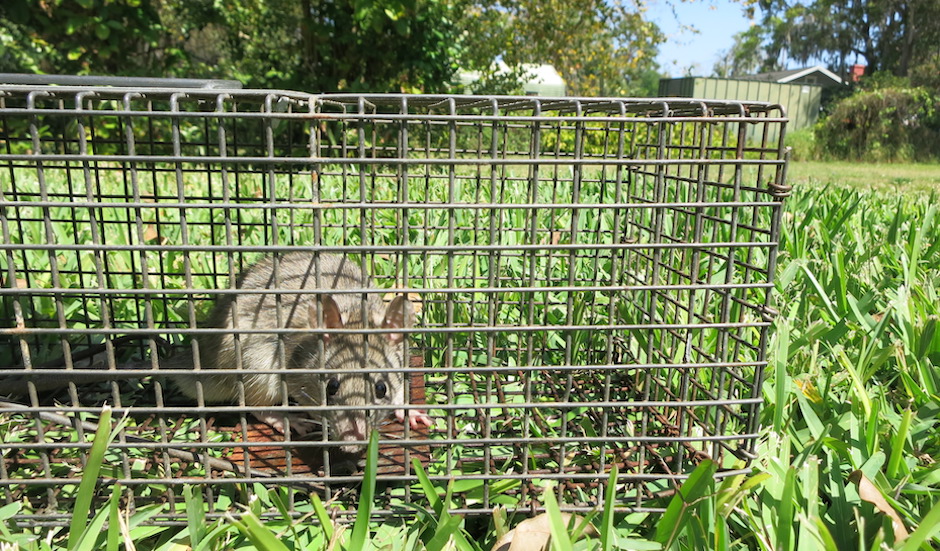Where To Release a Trapped Rodent?
When you relocate a rodent, it often finds it difficult to locate enough sources of food and water. Many of them even die due to dehydration or are sometimes killed by predators. Studies reveal that when relocated rodents do not find enough sources of survival in the area; they make efforts to return to the original place from where they are relocated. When you just throw them out of the house; they will start searching for a hole to enter inside again. Hence, it is advised to make plans for the proper release of the rodent so that it cannot find its way back to your home.
First of all, it is important to understand that rodents such as mice and rats, etc. do not live alone. They often spend time in the group and live in large colonies. So, even if you are observing one rodent attacking your food sources, the chances are that many others are hidden behind a dark corner of your house. Note that the large colonies of rodents can pose several health hazards in the premises. They can cause food contamination or trigger allergies in animals and humans as well. Also, they have fast reproduction abilities; even if you kill a few of them; the rest of these rodents in the colony will again populate the area within very less time. Hence, it is important to find some way to get rid of these creatures as soon as possible. Below we have highlighted few tricks to relocate the trapped rodents effectively:
- First of all, you need to choose a trap carefully by thinking when and where you will be relocating the rodent. Make sure you get a trap large enough to allow the fat rats to get in with ease.
- Find out the reason what attracts rodents to your house. Think if the elimination of such sources can make your habitat free of attacks or not.
- Make sure the rodent is taken far away from the open food sources that keep on attracting it more often, and you have removed the attractions as well.
- While moving the rodent out of your premises, make sure you wear protecting gloves and safe clothing to avoid risks of disease infections.
- Note that rats have poor vision in the night hours, so it is better to release the rodent after late evening so that it cannot relocate its path to your home.
- Make sure you choose a safe and healthy shelter for the rodent at the new place.
- It should not be attacked by predators at the new location.
- Once you take away the rodent, make efforts to seal all the entry holes that it may use again to get inside. The released rodent should not be allowed to get inside again.
Visit our Wildlife Trapper Saugerties home page to learn more about us.

